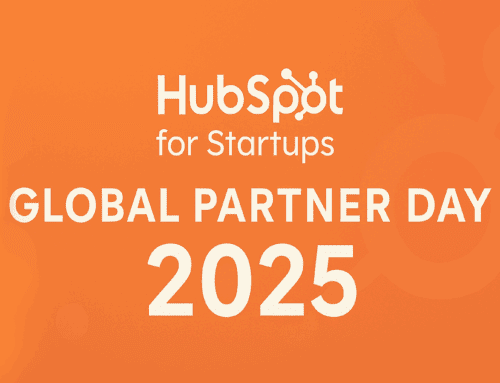How to Send Random GIFs via Email Using Giphy and Google Forms
Introduction to Sending Random GIFs
Have you ever wanted to add a little fun to your emails? Imagine opening an email and being greeted by a random GIF that perfectly captures your mood or the message you wish to convey. Well, you’re in luck! With the power of Giphy and Google Forms, sending random GIFs via email is easier than you think.
GIFs are like the spice of digital communication. They bring life to our conversations, adding humor and emotion where words may fall short. In this article, we’ll explore how you can automate the process of sending these delightful animations using a simple Google Form and Giphy’s vast repository of GIFs.
Why Use Giphy for GIFs?
Giphy is arguably the king of GIFs. With a library bursting at the seams with creativity, it offers millions of animated images that cater to every emotion and occasion. Whether you’re feeling excited, down, silly, or serious, there’s a GIF on Giphy just waiting to express it for you.
Moreover, Giphy makes it easy to embed or share GIFs anywhere online. Its integration capabilities are broad, allowing developers and users alike to tap into its database effortlessly. So when it comes to automating GIFs for emails, Giphy is your go-to source for variety and accessibility.
Setting Up Google Forms
Google Forms is not just for surveys and quizzes; it’s a versatile tool for gathering information and automating responses. To begin, you’ll need to create a Google Form that participants can fill out. This form will serve as the trigger for sending your email accompanied by a random GIF.
The steps are straightforward. First, access Google Forms from your Google Drive and click on “Blank” to create a new form. Customize your form with the necessary questions and details you want to gather, keeping in mind that simplicity often yields higher response rates.
Connecting Giphy and Google Forms
Once you’ve got your Google Form ready, the next step involves integrating it with Giphy. This connection allows you to fetch a random GIF based on specific criteria or keywords entered by a respondent. It brings the magic of randomization into play, making each email uniquely delightful.
Using automation tools like Make (formerly Integromat), you can establish this connection seamlessly. These platforms enable you to create workflows that trigger actions (like sending a GIF) based on specified events (such as form submissions). It’s like programming a tiny bot to do the fun work for you!
Automating the Email Sending Process
With the form and Giphy linked, the final piece of the puzzle is the emailing process. For this, linking Google Forms to your email provider is crucial. You can configure your email settings within the automation tool to ensure that once a form is submitted, an email is dispatched to the specified recipient.
This automated approach not only saves time but also guarantees consistency. Each email sent will contain a unique, randomly selected GIF from Giphy, ensuring that recipients always receive something fresh and exciting. It’s a surefire way to catch attention and spread smiles.
Benefits of Sending Random GIFs
Embracing the quirky world of GIFs can transform your communications. They offer a visually engaging element that text alone cannot match. Whether you’re connecting with friends, family, or colleagues, sending a random GIF injects personality into your messages.
Additionally, in a business context, this approach can lead to improved engagement rates. People love receiving content that’s fun and unexpected. By incorporating GIFs into your emails, you stand a better chance of leaving a lasting impression, while also showcasing a touch of creativity.
Challenges and Tips for Success
While the concept sounds fun and relatively simple, there are some challenges to keep in mind. For one, ensuring compatibility across various email clients can be tricky. Some older email programs might not support GIFs well, which could affect how recipients experience your communication.
To counteract this, always test your workflow thoroughly before going live. Ensure that emails render correctly on different devices and platforms. Another tip is to keep your audience in mind and choose GIFs that resonate well with them, enhancing the overall impact of your message.
Conclusion: Take Your Emails to the Next Level
By combining the vast array of GIFs from Giphy with the simplicity of Google Forms, you have the tools to elevate your email communication game significantly. This approach not only adds a layer of fun but also enhances engagement and memorability.
The process is accessible to anyone willing to invest a bit of time into setting it up. Once running, it’ll continually inject joy into your recipient’s inboxes. So why not give it a shot and see how a random GIF can change the tone of your day?









